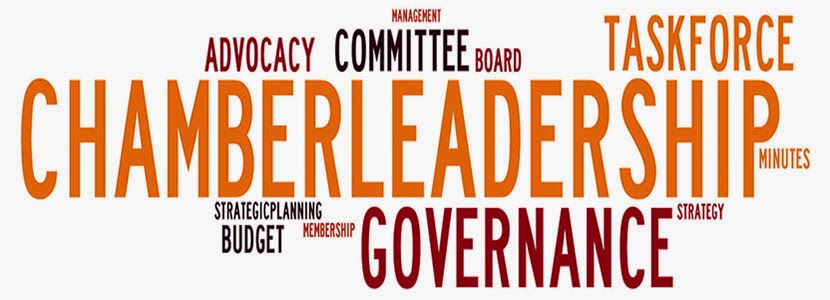Are you using your annual Board Retreat to move your organization to the future or just recapping what you’ve done in the past?
Take your Board Retreat seriously!
Do your homework, set the agenda and conduct that retreat to position your chamber for the future.
You and the Board have a chance to reset your priorities and deliver value to your members with the retreat process. Your members expect it from its leaders.
The following is a process you might want to consider before you conduct your next Board Retreat.
- Homework - work with a small set of your volunteers to gather important information on your organization (i.e., revenue, evaluations, etc. on what programs your member’s value). The more data points you have on your chamber, the better. It’s important to have good data so your board can make good decisions!
- Set the Agenda - work with your chairman and incoming chairman to set the agenda. Outline what questions you want answered by your volunteer leaders and work it into the agenda. The key is to have a real dialogue on the important issues your board has identified for further discussion.
- The Retreat - I personally like using a version of storyboarding in finalizing the priorities of the board, which includes input from every board member.
But first, set the stage (3rd party person to facilitate the retreat process is fine – it could be a chamber exec from a neighboring town) that way he or she will not be viewed as steering the conversation in any one direction.
Let’s get started!
Identify all the programs, products or services your chamber is currently involved in or wants to be involved in that needs review. Do this by breaking into groups of six. Each member of the group should write on a 5x7 index card a statement on the specific program of work being analyzed to determine its priority within the overall work of the chamber.
The following is a sample of program areas that you may want to review:
- Government Affairs
- Educational Programs (be specific – annual meeting, monthly luncheon, after hours networking, etc.)
- Your Chamber Leadership Program
- Etc.
The following is an example of the review process:
Let’s pick Government Affairs for our first review. Once you’ve broken into groups of six, ask each group to come up with three to five things the chamber should focus its resources on within Government Affairs. Each group should identify a spokesperson to discuss the group’s statements on what the chamber should be engaged in, as it relates to Government Affairs and then those statements are posted on the wall with a 5x7 index card.
The following list of statements is an example of what your groups might come up with:
- The chamber should be engaged in advocating at the local, state and federal level on behalf of our business members (could be one, two or all three).
- The chamber should create a PAC.
- The chamber should endorse local, state and federal candidates.
- The chamber should conduct quarterly candidate forums.
- The chamber should create a separate grassroots website/database.
- The chamber should work closely with the state chamber on issues affecting our business members.
- The chamber should create a weekly/monthly GR newsletter that is sent to the entire membership.
- Conduct a legislative fly-in at the state capitol or Washington, D.C.
Once all the 5x7 index cards are on the wall, now it’s time to ask each board member to take their colored dots (if you want the top three priorities – you give each board member three dots) and tell them to put a dot next to the initiative they feel are the most important. Once they’ve posted their dots on their top priorities, they sit down. Once the entire board votes (with dots) you’ve got your results.
Please note there should be no talking or lobbying for any initiative over the other while the voting process is going on. It will become very clear which three initiatives the board wants the chamber to focus its resources.
The beauty of this process is that everybody has an equal vote. No one board member can suck the air out of the room or dominate the discussion.
The results can be fascinating and it will represent the will of the entire board not just a select few members, or your current chairman.
Now repeat the process for each of the program areas of work your volunteers have identified with your board leadership (examples given above).
When you’ve completed your Board Retreat, it’s important to communicate your results to the entire chamber membership through multiple communication channels (direct mail, newsletter, magazine, website, social media, etc.).
Good luck!












